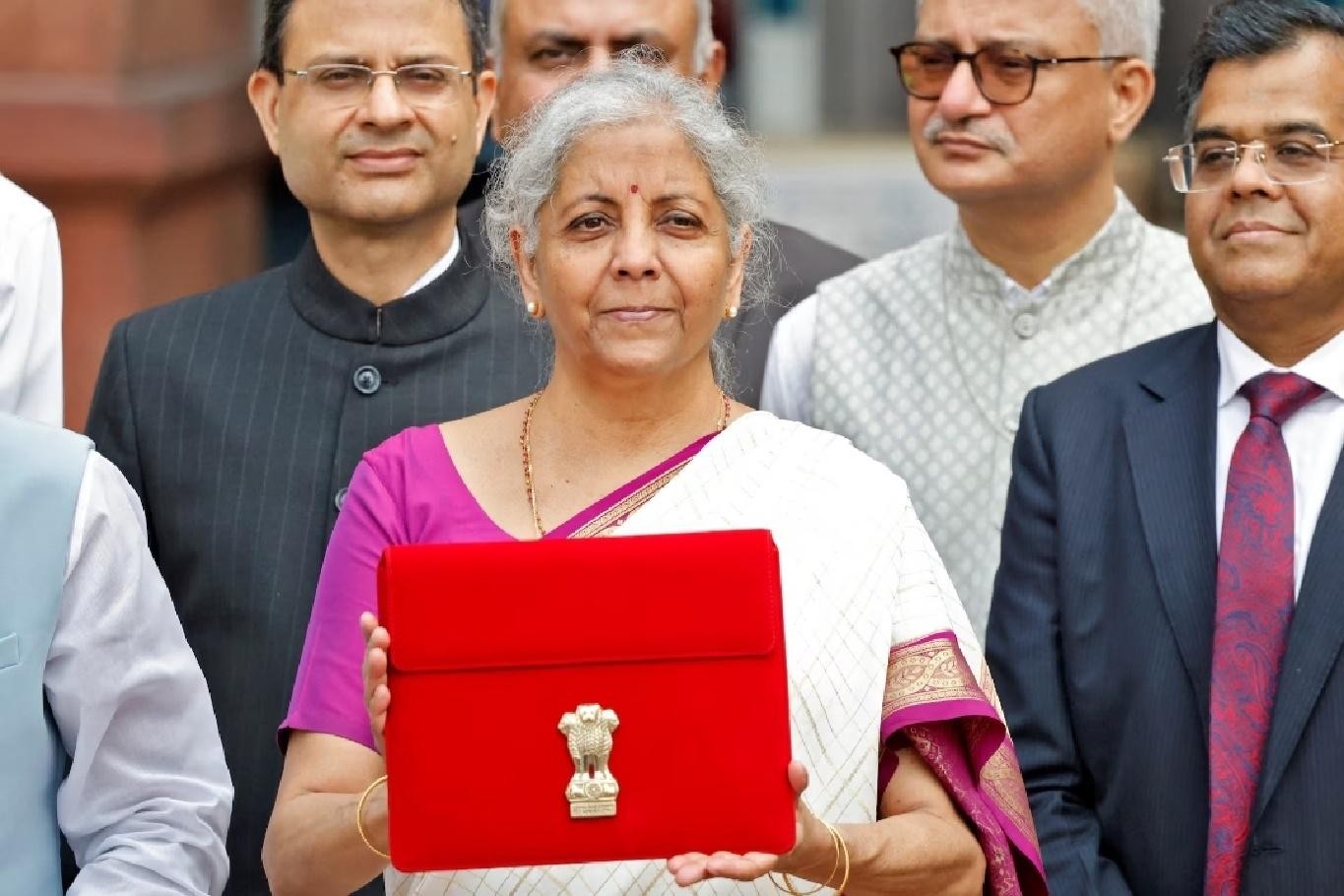
On Tuesday, India’s Finance Minister Nirmala Sitharaman revealed an ambitious $576 billion spending plan for the current fiscal year. This budget, slightly above earlier estimates, is designed to stimulate manufacturing and job creation in the world’s fastest-growing major economy. The government will allocate 2.66 trillion rupees ($32 billion) specifically for rural development and introduce new programs in states governed by key coalition allies supporting Prime Minister Narendra Modi.
The updated budget projects spending of 48.21 trillion rupees, marking a 1.2% increase from the interim budget’s 47.66 trillion rupees estimate. This adjustment is partly due to a substantial dividend transfer from the central bank, and the fiscal deficit target has been reduced to 4.9% of GDP. Additionally, the government plans to invest 2 trillion rupees ($24 billion) in job creation over the next five years.
Following a recent general election where Modi’s Hindu nationalist Bharatiya Janata Party (BJP) fell short of a majority, the party now relies on regional allies to maintain its government for the first time in a decade.
Key highlights from the budget include:
– Projected nominal GDP growth of 10.5% for 2024/25, up from 9.6% in 2023/24, with a focus on infrastructure investments to boost private sector involvement. However, global uncertainties may pose risks to short-term growth.
– The fiscal deficit target has been lowered to 4.9% of GDP from 5.1% in February’s interim budget, with plans to reduce it below 4.5% by FY26. A record surplus of 2.11 trillion rupees ($25.3 billion) from the central bank is expected to help narrow the deficit.
– Tax reforms include reducing the corporate tax rate for foreign companies from 40% to 35%, lowering import taxes on gold and silver, and revising import duties on mobile phones and key parts. Additionally, tax rates on short-term equity investments will rise, and long-term equity investment taxes will see a slight increase.
– The budget proposes 2 trillion rupees for job creation over the next five years and allocates 1.52 trillion rupees to agriculture and related sectors. It also introduces three new schemes for employment-linked incentives.
– Inflation remains low, with efforts planned to manage food prices. The budget maintains a capex outlay of 11.1 trillion rupees ($133 billion) for infrastructure and proposes 1.5 trillion rupees in long-term loans to states for infrastructure projects.
– Major subsidies, including those for food and fertilizer, are estimated at 3.81 trillion rupees. Spending on interest payments is projected at 11.63 trillion rupees, with additional support for Andhra Pradesh, small and medium businesses, and the establishment of industrial parks.
– Rural development receives a substantial 2.66 trillion rupees, and the budget also proposes federal assistance of 2.2 trillion rupees for affordable urban housing over the next five years, with plans to partner with private entities for developing small nuclear reactors.












